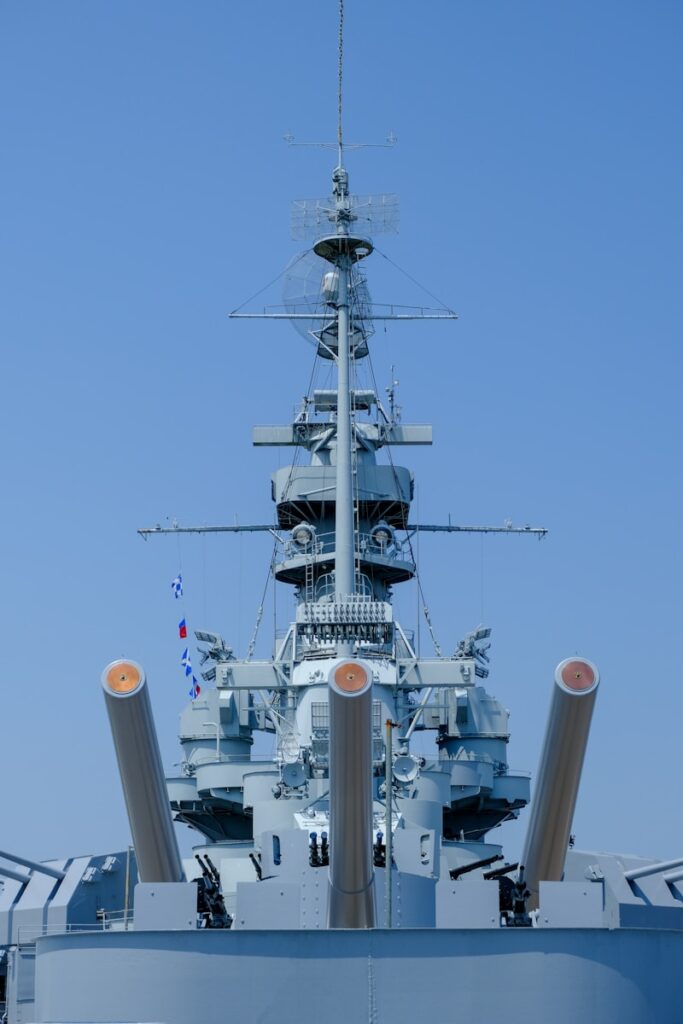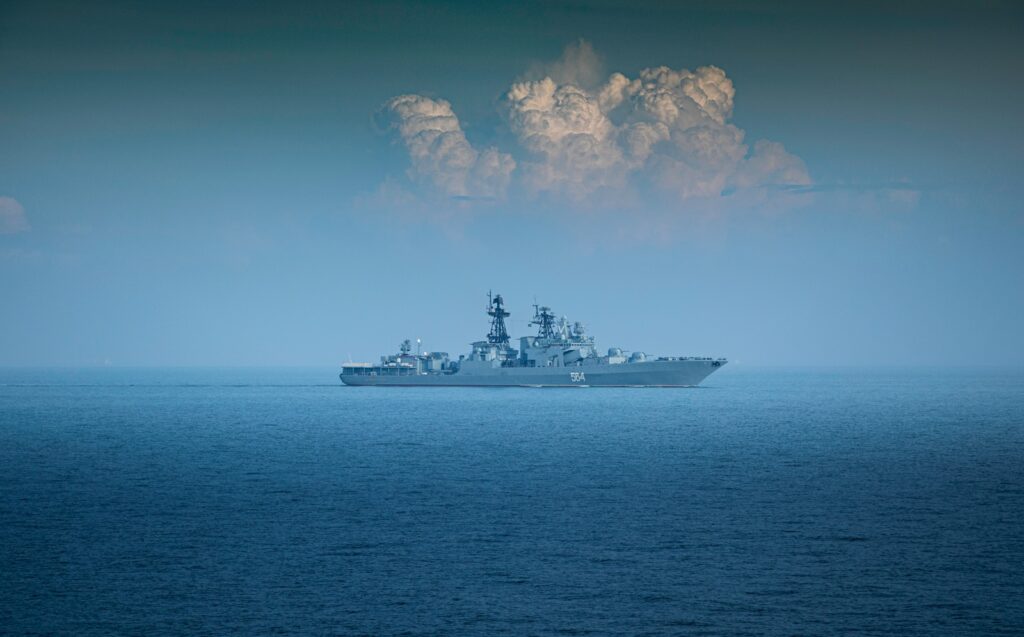
NATO warships are navigating increasingly perilous waters, confronting rapidly evolving threats. Recent conflicts spanning from the Black Sea to the Red Sea have starkly highlighted the vulnerabilities of naval forces and underscored the urgent necessity for adaptation.
These engagements indicate a shift toward a higher level of operational intensity than previously anticipated, requiring enhanced readiness both in terms of materiel stockpiles and sustained endurance on the front lines. Vice Admiral James Morley, deputy commander of NATO’s Joint Force Command Norfolk, emphasized this point, stating that recent events “have revealed the need to be prepared for a level of intensity greater than previously planned, both regarding available resources and the duration of frontline deployment.”
The proliferation of advanced weaponry has fundamentally transformed the strategic environment, enabling actors formerly lacking the capability to pose significant threats to advanced naval forces. A notable example is the Iran-backed Houthis in Yemen, whose missile and drone attacks have markedly increased the risks in the Red Sea and Gulf of Aden.
Within the Red Sea, the US Navy has encountered what US officials describe as its most intense combat operations since World War II while safeguarding international shipping lanes. Likewise, in the Black Sea, Ukrainian forces have demonstrated the effectiveness of relatively inexpensive, domestically produced naval drones in damaging and sinking Russian warships. These developments highlight the asymmetric challenges confronting conventional naval forces today.
Surface warships today face a broader spectrum of threats than ever before. These include well-established dangers such as anti-ship cruise missiles, ballistic missiles, torpedoes, and enemy aircraft, alongside emerging threats like sophisticated drones and uncrewed surface vessels.
A key challenge revealed by the high operational tempo, especially in the Red Sea, concerns the constraints experienced by Western military planners related to magazine capacity, weapons inventory, and the ability to rapidly reload systems at sea. As the variety of weapons capable of threatening warships grows, the defensive capabilities integrated into these vessels must also advance accordingly.
Significant investment in missile stockpiles is essential, as is ensuring that NATO’s defense industrial bases maintain the capacity to produce necessary munitions in sufficient quantities. Vice Admiral Morley noted the end of an era when ships could operate for extended periods without expending ammunition, stating that today, “ships routinely return from the Red Sea, for example, having used ammunition, requiring resupply before redeployment on patrol.”
The financial dimension of air defense is equally critical. The proliferation of inexpensive strike drones, some costing only tens of thousands of dollars, as effective naval warfare tools forces NATO to develop cost-efficient methods to counter these threats. The strategic objective is to reduce the significant cost imbalance between the attacking threat and the interceptor employed in response.
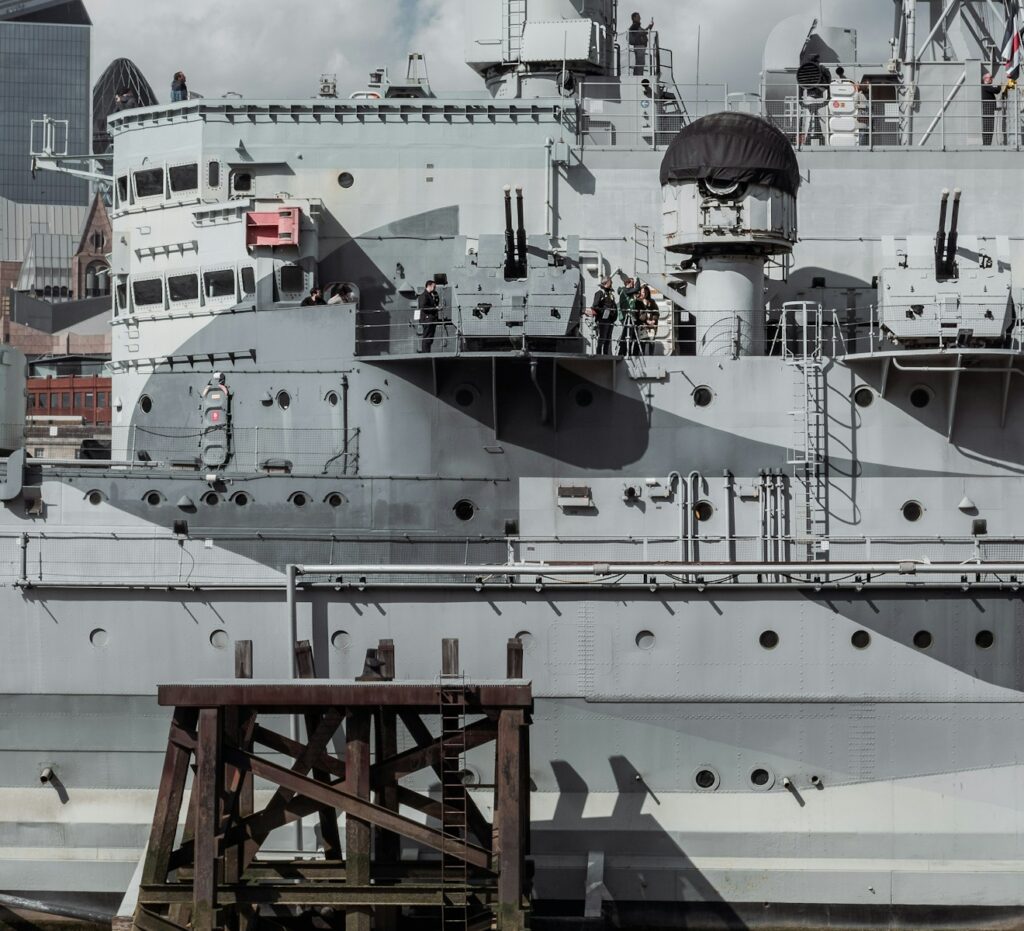
This situation demands a “layered defense” approach, as emphasized by Vice Admiral Morley. Although costly, advanced missiles remain indispensable for countering sophisticated threats. However, breaking the cost curve requires a diverse set of capabilities to ensure that complex and expensive interceptors are not disproportionately used against simpler, lower-cost threats.
Modern warships, such as the American Arleigh Burke-class destroyers, are outfitted with a variety of defensive systems designed to implement this layered defense concept. These systems include M2 Browning .50 caliber machine guns, Mark 38 turret systems, and five-inch artillery cannons, supplemented by an array of surface-to-air missiles such as the Standard-series, ESSM, and RAM.
The combination of these layered weapons enables warships to engage a wide range of threats. Nonetheless, certain systems like deck guns require threats to approach within closer ranges than is ideal. To enhance close-in defense capabilities, the Navy is in the process of replacing the older Mk 15 Phalanx Close-in Weapon Systems (CIWS) on its destroyers with RIM-116 Rolling Airframe Missile (RAM) launchers.
Emerging technologies, particularly uncrewed systems, have introduced significant challenges for larger naval platforms. Admiral Pierre Vandier, NATO’s Supreme Allied Commander Transformation and the official responsible for alliance modernization, identified these developments as among the most consequential changes in naval warfare over the past decade.

The risk of a warship being overwhelmed by a swarm of drones is a significant and tangible concern. This situation demands the development of onboard methods to defend against such attacks while simultaneously engaging multiple targets. Countermeasures can be kinetic, involving physical destruction, or alternative, such as electronic warfare.
NATO is actively incorporating lessons learned from conflicts in Ukraine and the Red Sea into its combat training programs. Recent exercises, such as Formidable Shield 25, provided allied navies, including US sailors, with opportunities to practice using deck guns to shoot down small quadcopter drones, simulating swarm attack scenarios.
These exercises also included drills focused on defending against uncrewed surface vehicles similar to those employed by Ukraine against Russia’s Black Sea fleet. This training is essential for learning how to effectively counter low-cost threats using less expensive defenses, thereby reserving high-cost interceptors for more sophisticated adversaries.
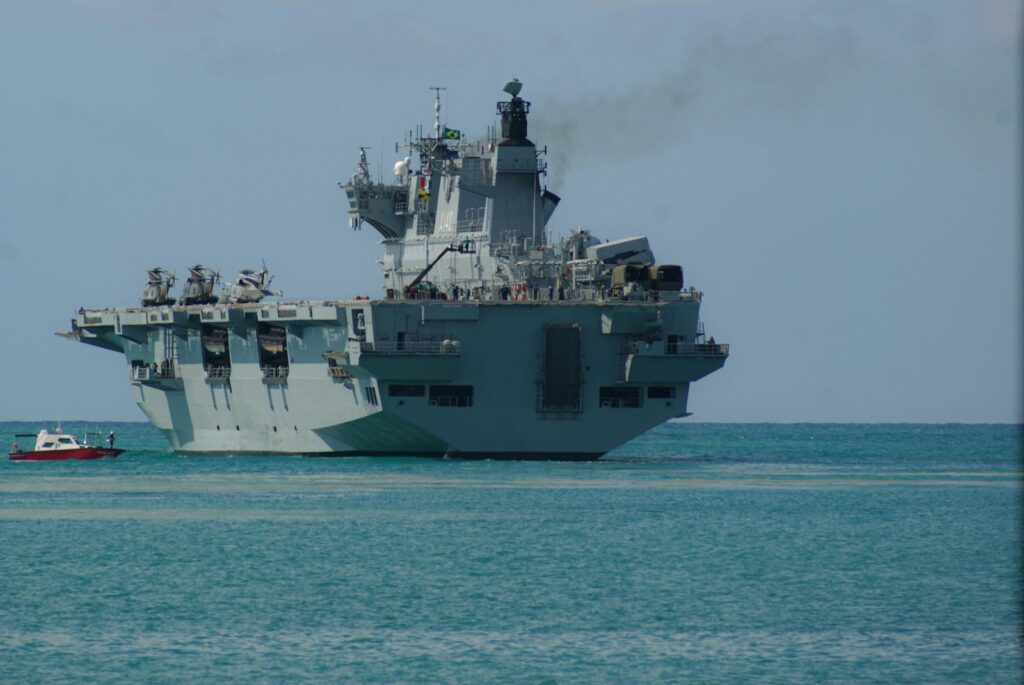
Despite the increasing capabilities of potential adversaries and the emergence of new threats, Admiral Vandier maintained that the rise of drones does not necessarily render larger platforms obsolete. Aircraft carriers, often the flagships of a fleet, continue to possess a unique ability to project power globally through their embarked aviation wings.
Operating within heavily defended strike groups, carriers remain particularly formidable and challenging targets for enemy attacks. Admiral Vandier described this as a layered defense approach, stating, “To get to a carrier, you have layers.”
He characterized the evolving dynamic as an ongoing struggle, noting, “It is a battle between the shield and the sword.” Expressing his personal view, he concluded, “My personal feeling is that the story is not finished for the big platforms. Not yet.”
This debate about the future viability of large carriers unfolds against the demanding operational environment, exemplified by deployments such as that of the USS Harry S. Truman carrier strike group in the Red Sea.
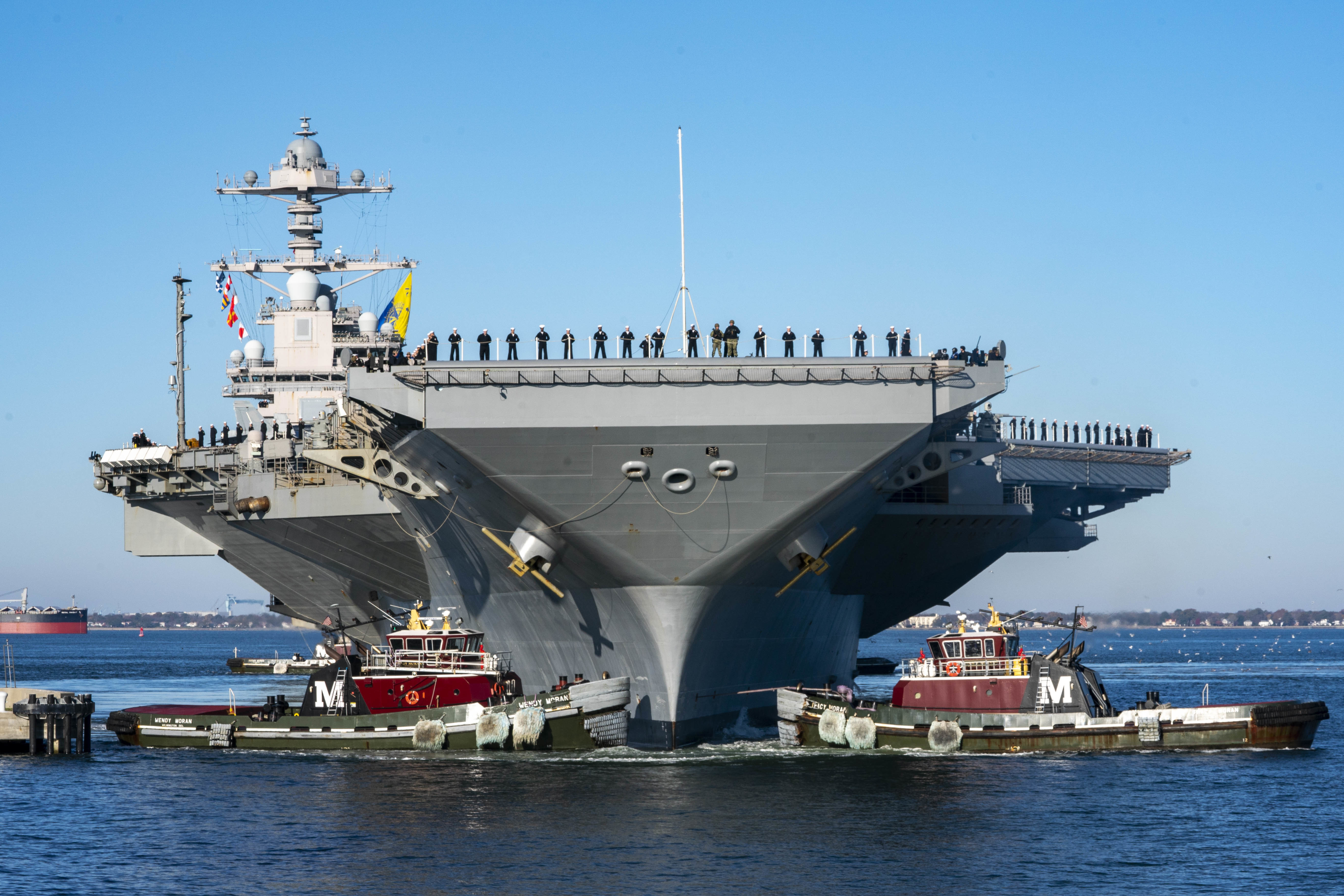
The USS Harry S. Truman, a Nimitz-class aircraft carrier, has been a critical component of U.S. operations in the Middle East since its deployment in September 2024. Operating in the Red Sea as part of Operation Prosperity Guardian—a multinational effort to protect maritime traffic—the carrier has conducted near-daily strikes against Houthi targets since mid-March.
According to figures from U.S. Central Command cited in this context, over 800 Houthi targets were struck within a six-week period. The intensity of these operations places immense strain on the crew, requiring continuous maintenance of aircraft readiness, execution of flight operations, and real-time responses to incoming threats.
A recent incident aboard the Truman highlighted the challenges of sustained high-tempo operations in a volatile combat environment. On April 28, 2025, an F/A-18E Super Hornet from Strike Fighter Squadron (VFA) 136 “Knighthawks,” valued at approximately $67.4 million, was lost overboard from the ship’s hangar bay along with a tow tractor during a towing operation.
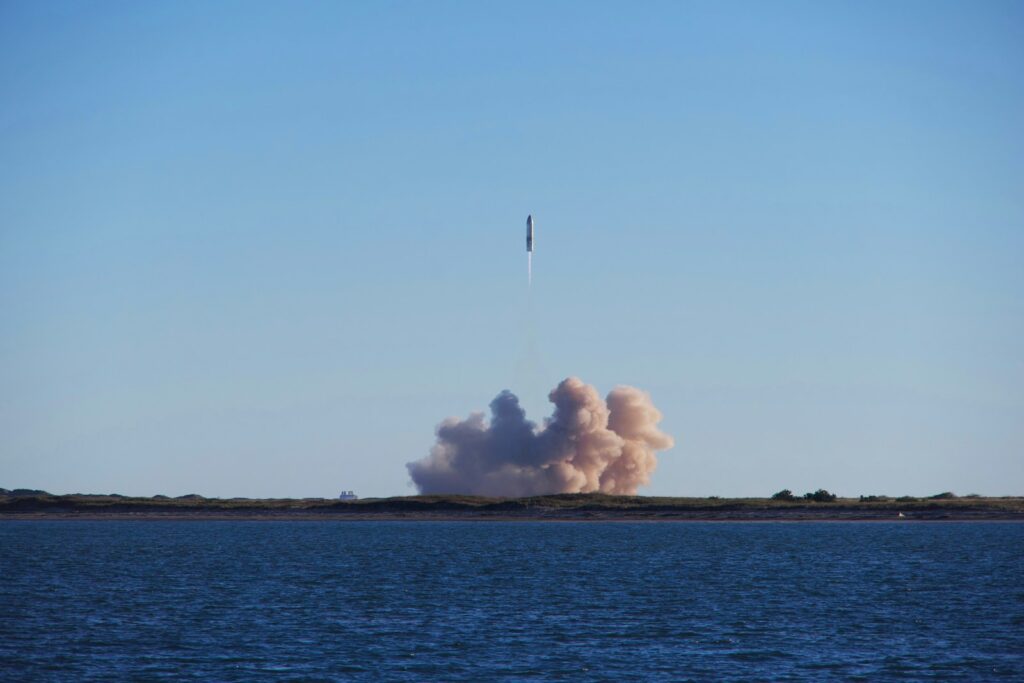
The mishap occurred while the carrier executed a sharp maneuver, reportedly to evade a Houthi attack. A U.S. official indicated that this evasive action likely contributed to the incident, causing the crew to lose control of the aircraft and tow tractor. Sailors reportedly jumped clear, preventing a more serious outcome.
The Navy’s official statement, issued by the Office of the Navy Chief of Information, did not explicitly confirm a direct connection between the reported Houthi attack and the loss of the aircraft, although the Houthis claimed responsibility for a drone and missile attack on the Truman on the same day.
The loss of the F/A-18E underscores the operational pressures faced by forces in the Red Sea, where Iranian-backed Houthi rebels persistently target U.S. warships with drones and missiles. While no U.S. naval vessels have been struck in these attacks, White House figures indicated that Houthi assaults have targeted U.S. warships at least 174 times since 2023.
This incident aboard the Truman follows other mishaps during its current deployment. In December 2024, a friendly fire incident involving the cruiser USS Gettysburg resulted in the mistaken downing of an F/A-18F Super Hornet from the carrier, although both pilots ejected safely.
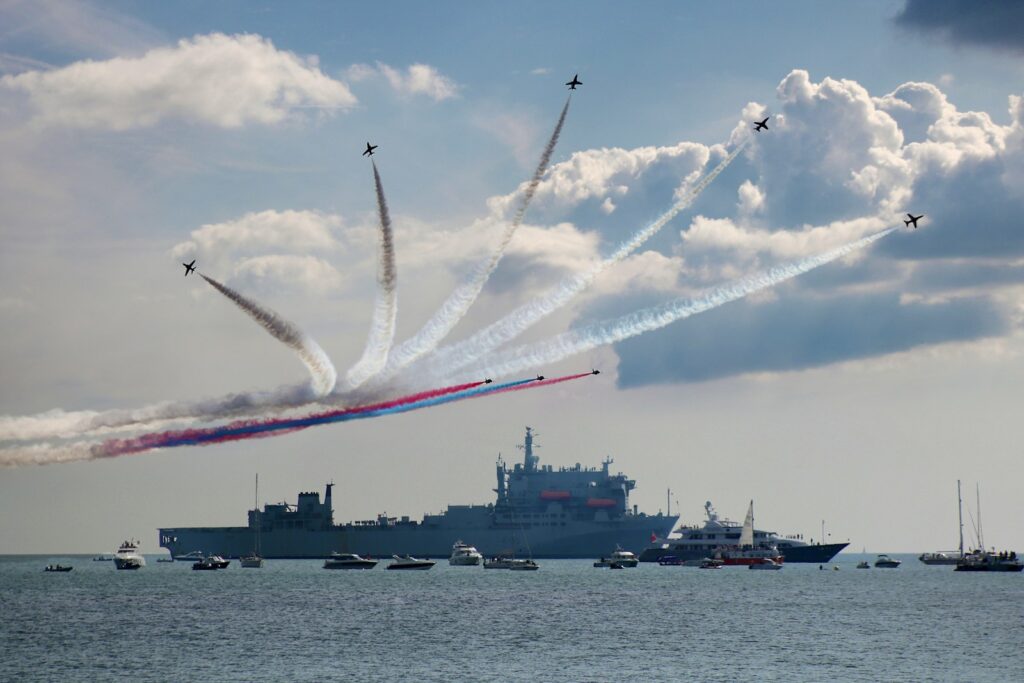
In February 2025, the USS Harry S. Truman was involved in a collision with a merchant vessel while docked in Egypt, resulting in the removal of its commanding officer. These incidents, culminating in the loss of the F/A-18E, collectively demonstrate the operational strain on the carrier and its crew in this challenging environment.
The F/A-18E Super Hornet is a vital asset to U.S. naval aviation, designed as a versatile multirole fighter capable of performing both air-to-air and air-to-ground missions. Developed by Boeing as an evolution of the F/A-18 Hornet, it features a larger airframe, enhanced avionics, and increased payload capacity.
Powered by two General Electric F404-GE-400/410 turbofan engines, each producing 11,900 pounds of thrust, the Super Hornet can reach speeds exceeding Mach 1.9. Its advanced AN/APG-79 AESA radar and glass cockpit with multifunction displays provide superior situational awareness and target engagement capabilities.
With a unit cost of approximately $67.4 million, the Super Hornet can carry a diverse array of weapons, including AIM-120 AMRAAM missiles, Joint Direct Attack Munitions (JDAM), and AGM-84 Harpoon anti-ship missiles. These features make it an essential tool for power projection in contested areas such as the Red Sea.

Globally, the F/A-18E maintains a competitive edge in avionics and stealth characteristics compared to counterparts such as Russia’s Su-35 and China’s J-15. Although the Su-35 offers superior maneuverability, its radar and sensor suite are generally considered less advanced than those of the Super Hornet. The J-15 faces particular challenges in electronic warfare capabilities and carrier-based operations.
The French Rafale-M, employed by the French Navy, provides comparable multirole flexibility but operates from a smaller aircraft carrier, which limits its sortie generation rate. The Super Hornet’s capability to integrate seamlessly with the U.S. Navy’s networked warfare systems—including Link 16 data links and the E-2D Hawkeye airborne early warning aircraft—affords it a significant operational advantage in coordinated missions.
The Red Sea has become a critical theater within the broader Middle East conflict, driven by the Houthi campaign targeting maritime traffic. Backed by Iran, the Houthis employ anti-ship ballistic missiles, cruise missiles, and kamikaze drones in complex, high-volume attacks intended to challenge naval defenses and disrupt commercial shipping.
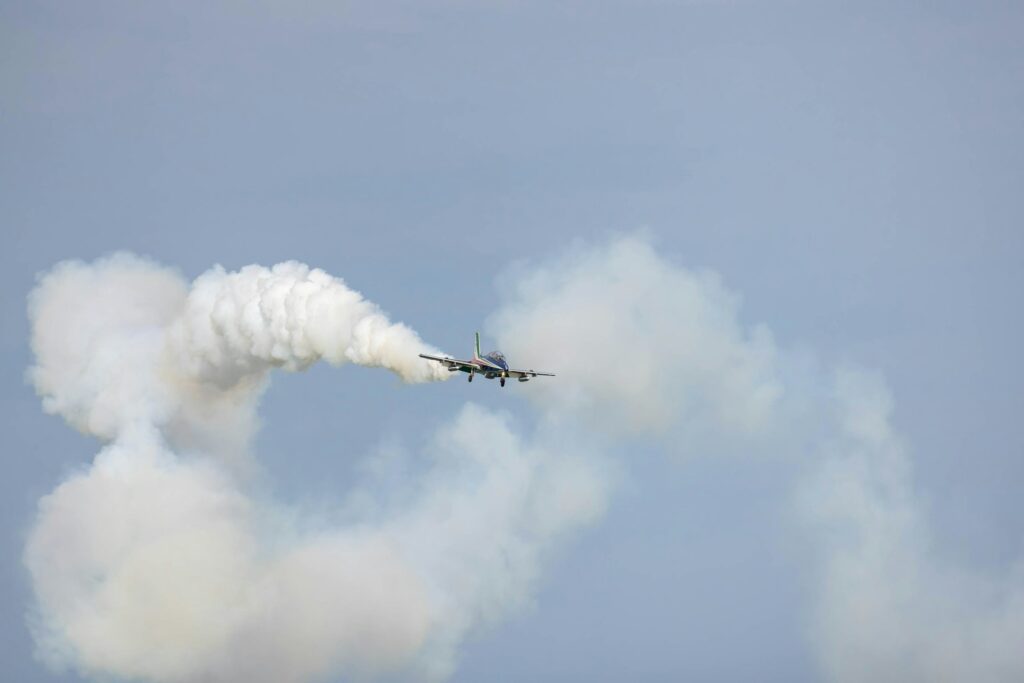
This dynamic exemplifies a broader shift toward asymmetric warfare, wherein adversaries utilize low-cost, readily accessible systems to challenge expensive, technologically advanced platforms. The pronounced cost disparity between a $67.4 million Super Hornet and drones priced at only a few thousand dollars raises concerns about the long-term sustainability of conventional defense approaches.
Analyses by military institutions indicate that the Houthis have conducted multiple coordinated attacks on the USS Truman within a single day, underscoring their persistence despite ongoing U.S. airstrikes. According to U.S. Central Command, Iran’s provision of missile technology and training has enabled the Houthis to maintain these operations. This pattern reflects similar trends observed in other conflict zones where drone warfare has affected naval forces.
The operational tempo in the Red Sea has intensified since March 15, 2025, driven by President Donald Trump’s commitment to exert “overwhelming lethal force.” This has involved increased U.S. strikes utilizing standoff weapons deployed from the Truman’s Carrier Air Wing 1. Despite this pressure, the Houthis have demonstrated their capability to field persistent threats, including successfully downing U.S. MQ-9 Reaper drones, presenting a complex multi-domain challenge that strains U.S. defensive systems.
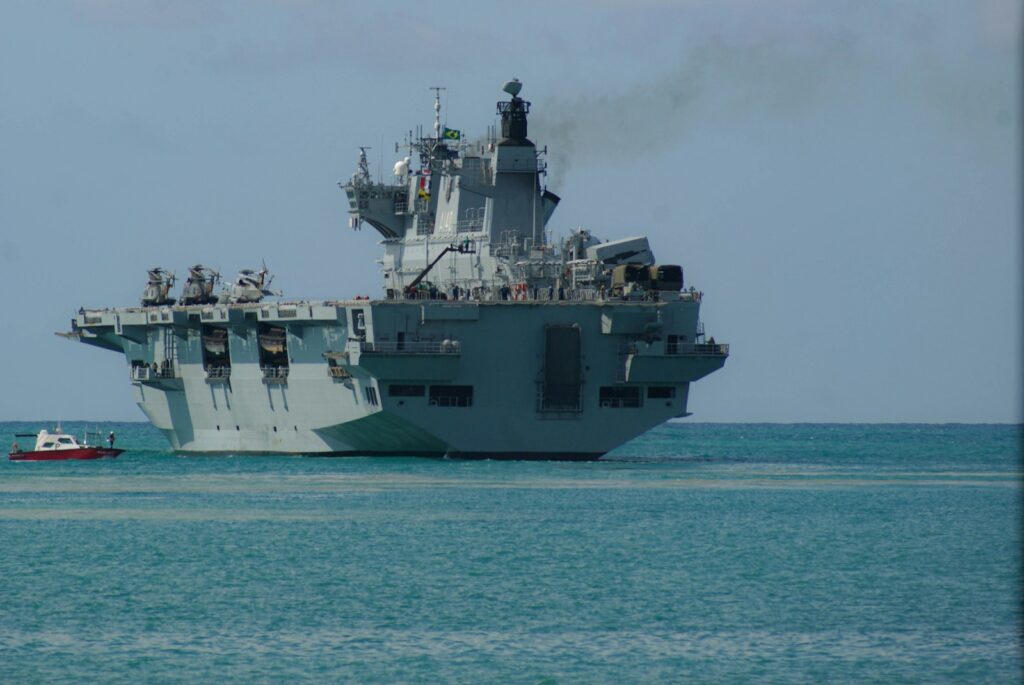
The operational strain and incidents arising from these activities may intensify domestic scrutiny concerning defense expenditures and operational readiness. Previous occurrences have prompted congressional hearings, and the recent mishaps aboard the USS Truman could lead to similar oversight despite the Navy’s assurances regarding mission capability.
Looking ahead, the Navy’s investigation into the loss of the F/A-18E will likely focus on factors such as compliance with procedures, equipment performance, and the specific effects of the carrier’s evasive maneuver. Insights gained from this and earlier incidents may contribute to refining operational protocols, especially those related to towing operations within dynamic environments.
Addressing the distinct challenges posed by the Red Sea environment may also require investment in advanced countermeasures. These could include laser-based defense systems designed to counter drone threats or an expanded deployment of unmanned platforms aimed at minimizing risks to manned aircraft.

Beyond immediate tactical adjustments, the incident raises a deeper strategic question: do aircraft carriers remain the optimal tool for power projection in contested littoral environments? The proliferation of advanced threats, including hypersonic missiles and potentially autonomous swarms, could further shift the cost-benefit analysis of operating large, valuable platforms near hostile shores.
Historically, aircraft carriers such as the Nimitz class, displacing nearly 100,000 tons and capable of generating a high sortie rate, have been the cornerstone of U.S. power projection. Their utility has been demonstrated in operations ranging from the Gulf War to humanitarian relief efforts. Nuclear propulsion allows for extended deployments; however, operating in confined waters like the Red Sea tests these limits, as narrow geography restricts maneuverability and increases vulnerability to shore-based threats.
Some analysts suggest that the future of naval aviation may lie in diversifying assets, potentially through increased production and deployment of numerous medium-sized carriers, sometimes called “lightning carriers,” which could be based on platforms like the America-class helicopter carrier adapted for fixed-wing operations.
This approach could enable the Navy to distribute its aviation assets more widely, creating dispersed strike groups that complicate enemy targeting decisions. It would also allow the U.S. to maintain a presence in more locations simultaneously for combat, training, or humanitarian missions.

The loss of the F/A-18E Super Hornet represents more than an isolated and costly accident; it is a clear reflection of the intense pressures and evolving nature of modern naval warfare. The operational environment, especially in regions like the Red Sea, requires continuous adaptation from crews managing complex platforms at the limits of their capabilities.
The Red Sea has become a critical testing ground for asymmetric threats that actively challenge established concepts of naval dominance. As the Navy confronts this new era, the question of how to sustain power projection capabilities against agile and cost-effective adversaries will continue to influence both current operations and the strategic direction of naval forces in the future.
The effectiveness of American naval power will depend on the outcome of this ongoing adaptation in a battlefield increasingly defined by speed, maneuverability, and the capacity to impose costs on the adversary.

